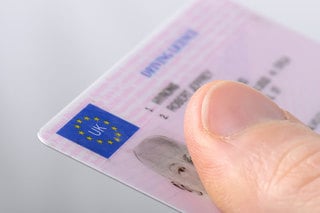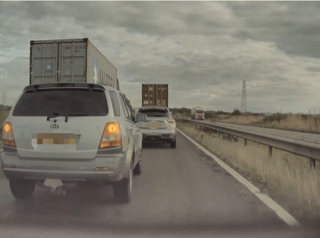By Ben Pepper, senior associate in the personal injury claims team at Bolt Burdon Kemp
The introduction of mandatory speed limiters in cars marks a significant step forward in both vehicle technology and road safety.
Since Sunday (July 7), it has been a legal requirement for all new cars in the UK to be fitted with speed limiters.
According to UK Government figures, 50% of cars speed in 30mph zones and a third of all road fatalities are caused by excessive speed.
Speed limiters, which utilise ‘intelligent speed assistance’ (ISA) technology, are designed to prevent vehicles from exceeding speed limits with the aim to reduce the number of collisions and enhance overall road safety.
As this technology becomes more prevalent, it is essential to examine its potential impact on vehicle sales, driver behaviour, collision rates, and the legal landscape, particularly concerning personal injury claims.
Impact on vehicle sales
Speed limiters could impact vehicles sales in the UK in differing ways. On one hand, new vehicles with such advanced safety features may appeal to safety-conscious consumers, potentially boosting sales.
The demand for vehicles equipped with modern safety technology is growing, and speed limiters can be an attractive feature for those who prioritise safety over speed.
On the other hand, some drivers might view speed limiters as a restrictive measure, potentially deterring them from purchasing brand new vehicles. Fans of high-performance cars might be particularly resistant, fearing a loss of driving enjoyment and freedom.
However, these enthusiasts will be pleased to hear that, although the legislation states that speed limiters must be fitted in new cars, it will be possible for drivers to deactivate them.
The vehicle market could see a shift in consumer preferences, with a possible decline in sales of older high-speed sports cars and an increase in demand for newer, safer, family-oriented vehicles with technological advancements that can be switched on or off.
What it means for drivers
For drivers, speed limiters could lead to a change in driving habits and experiences. By capping the maximum speed, these devices can help prevent speeding-related crashes, encouraging more responsible driving behaviour.
This could be particularly beneficial for young or inexperienced drivers, who are statistically more likely to be involved in speed-related collisions.
Speed limiters will work in different ways. Some ISA systems will simply show a warning symbol or alert when the speed limit is exceeded. Some will apply upward pressure on the accelerator pedal. Others will reduce engine power.
Whichever method the system uses, drivers may initially find it unsettling but are likely to become familiar with it before too long.
Reducing injuries and fatalities
The primary goal of speed limiters is to enhance road safety by reducing speed related incidents.
Speeding is a significant factor in many severe and fatal collisions. By capping the maximum speed of vehicles, speed limiters can directly address this issue.
A reduction in speed not only decreases the likelihood of a crash but also weakens the forces involved, leading to less severe outcomes for passengers, pedestrians and other road users.
This reduction in the number of serious collisions, will only be realised if the speed limiters are not deactivated by drivers.
If they are not overridden, they could play a big part in helping communities achieve road safety targets and reduce the burden on the NHS by lowering the number of serious traffic-related injuries.
Implications for the personal injury claims process
The gradual implementation of speed limiters in new cars could also transform the legal landscape, particularly in the realm of personal injury claims.
By using data logged by speed limiters, it may become easier to establish whether a vehicle was speeding. Therefore, determining who was at fault for a collision may become more straightforward.
Furthermore, defendant drivers who negligently cause collisions whilst speeding may be deemed more blameworthy if it is later found that they deactivated a speed limiter prior to a collision.
There could also be disputes over the functionality and reliability of speed limiters. If a speed limiter fails, questions of liability might shift towards manufacturers. However, responsibility for monitoring the speed of a vehicle will remain with the driver in the vast majority of cases.
Conclusion
The mandatory introduction of speed limiters represents a significant step forward in road safety technology.
As this technology becomes more commonplace, its effects on vehicle sales, driver behaviour, and legal processes will need continuous monitoring.
Road user safety must remain at the heart of its focus and drivers should be encouraged to leave the system activated at all times.
Making the UK’s roads safer is one of the key policies within Bolt Burdon Kemp’s Manifesto for Injured people.



















Login to comment
Comments
No comments have been made yet.